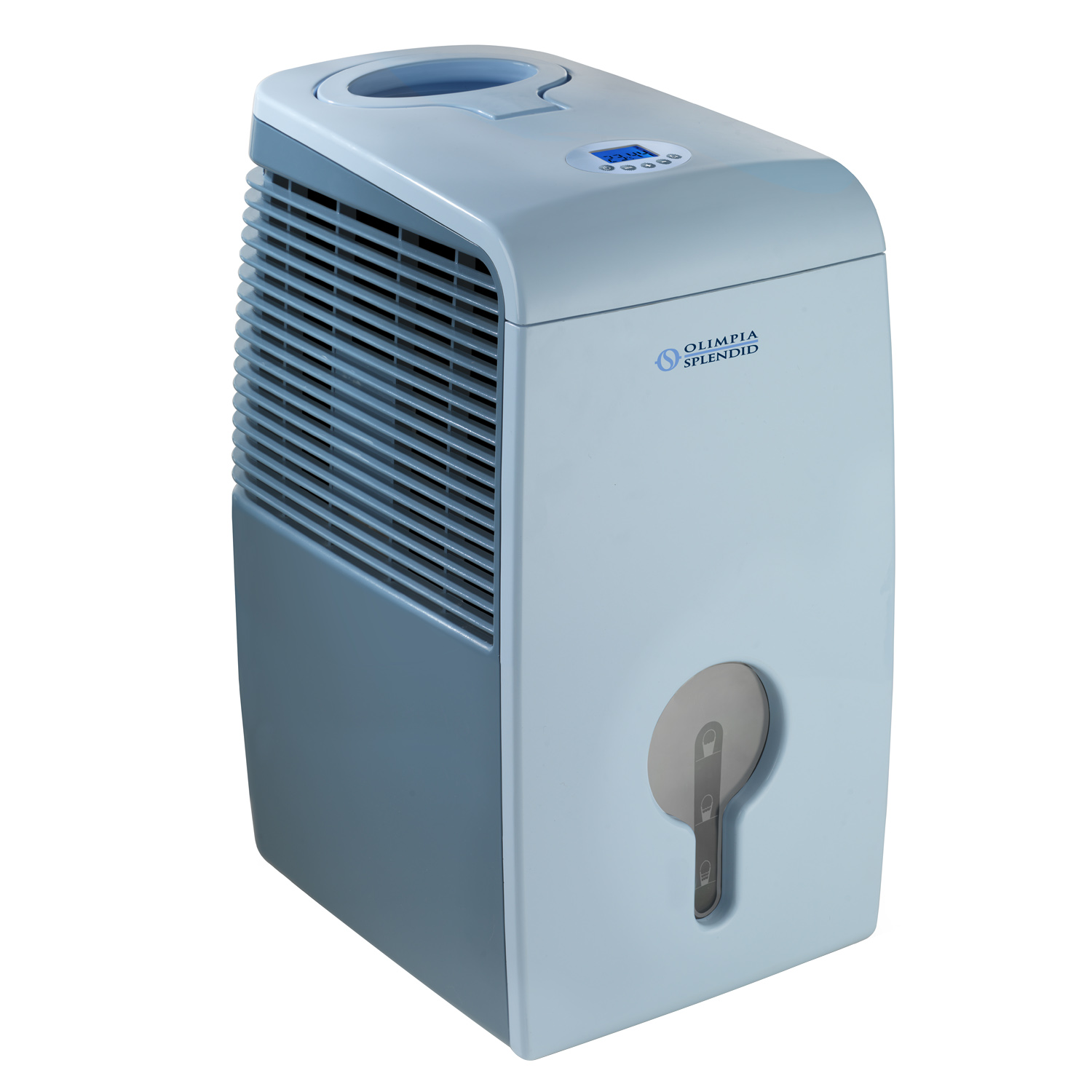Buyers Guide - Air purifier De-Humidifier
The state of indoor air quality is not something everyone may consider. However, it’s extremely important as studies have shown that it can be poorer than outdoor air quality. An air purifier is the solution as it has the capability to filter air of impurities. Couple it with a de-humidifier to remove excess moisture and you can breathe clean, fresh air again.


An air purifier can reduce the amount of contaminants in indoor air. They could be allergy-causing impurities like pollen, dust and pet dander, or bacteria and dust mites. Since it’s impossible to keep doors and windows shut 24/7, there’s a need to find another solution to clean air. An air purifier can help.

Whether you suffer from allergies or not, a de-humidifier can reduce the survival rate of dust mites and prevent mould growth, which both need higher humidity to thrive. Mould, in particular, is often overlooked but has the ability to create numerous health problems. A de-humidifier can help bring down humidity to healthy levels.

Portable air purifiers are small and have a low capacity. However, they’re ideal for cars and similar small spaces.

Floor-mounted air purifiers are much larger than portable models. They can be moved around too. However, they have a higher capacity and can serve small to medium rooms easily.

Wall-mounted air purifiers are attached to walls and usually have higher capacities than floor-mounted models.
Air purifiers are also further classified based on the filters they use. Here are a few types:

Small-capacity de-humidifiers remove around 10-18 litres of moisture per day. They’re ideal for small spaces, but may not be enough for medium size rooms unless humidity is quite low.

Medium-capacity de-humidifiers remove about 20-23 litres of moisture. They’re sufficient for medium and large size rooms depending on how humid it is.

Large-capacity models are rated to remove more than 40 litres of moisture each day. They’re undoubtedly expensive but they’re perfect for large spaces that are very damp.
Choosing an air purifier depends on your need. If you’re more concerned about eliminating allergy-causing contaminants, a HEPA-based purifier or one that uses an electrostatic precipitator are your best bets. However, if you want to get rid of fumes and smoke too, you can look for a purifier that also makes use of a carbon filter. There are air purifiers that make use of more than two types of filters as well.
Choosing from small-, medium- and large-capacity de-humidifiers depends on the size of the room and humidity levels. If you need to run the de-humidifier only for a few hours a day in one or two rooms, a small-capacity model will do. If you need to run it overnight, choose a medium-capacity model. A large-capacity de-humidifier, meanwhile, can be run for hours on end and service large rooms.
A point to note is that while de-humidifiers can bring down humidity, they aren’t a solution for persistent and serious damp cases. In such situations, you’ll need to ascertain what’s causing the dampness. You may need to consult a building contractor if repairs are necessary.